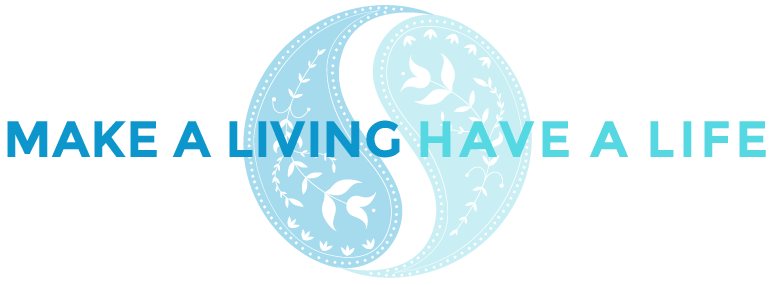I’ve just come across a New York Times article published in Feb 2016 titled Rethinking the Work-Life Equation as part of their Reimagining the Office series, aimed at corporations in office blocks. It was a brilliant series, and this article outlined the need and the justification not only for flexible working hours but for flexible working spaces as well.
This means that corporate employees would be free to work the times they wanted to, and where they wanted to. They could come into the office if they liked, or work from home, or Starbucks, or the pub. They could work mornings and late evenings, and do something else with the rest of their day. The idea is revolutionary in its domain in that it destroys the 9-5 concept of corporate structure, with emphasis being on the deliverables, not the means in which they were achieved. As long as employees were delivering quality products on time, it did not matter where and when they worked.
It is understood that this is not for all walks of life, and not for careers that need to adhere to certain shifts and schedules. Restaurant owners, doctors and nurses, school teachers, and research scientists are some of those who know very well that there is no such thing as a 9-5 day in their professions. The start-up tech industry also has been using this framework for years already. The article caught my eye and I’m highlighting it here because it speaks directly to a previous post of mine, Balance vs Integrate.
After describing how flexible working hours and spaces is a win-win for all concerned, the NYT article mentions the “work-life fit”, here is the direct quote:
“Moen and others have recognized that the first step in shifting how employers think about work flexibility is changing the language used to characterize why they need it. For years, employees and human-resources professionals spoke of the ubiquitous desire for ‘‘work-family balance.’’ But as Marcee Harris Schwartz, who is in charge of flexibility at the national accounting firm BDO U.S.A., puts it, ‘‘when you think of balance, there’s work on one end of the fulcrum and life on the other, and when one is up the other is down — so it’s like a zero-sum game.” At best, balance is perhaps an unrealistic goal: a state of grace in which all is aligned. ‘‘Balance is something you want but can never have,’’ says Cali Yost, whose specialty is helping businesses implement flexibility strategies. She started referring to ‘‘work-life fit’’ to capture the way workers try to piece the disparate parts of their lives together. (The American Psychological Association and the Society for Human Resource Management have started to use this term as well.)” – quoted from Susan Dominos, NYT, 25 Feb 2016
I described balance as “impossible” and talked about an integration mindset in the previous post, saying that we should remember that work is part of life, and successfully navigating life means integrating it with our expectations of work . Even using the word “equation” in the title of the NYT article still pits one against the other, equations in mathematics have to work out equal on either side of the equal-to sign. In this post I call it a question, since I suspect that it will take a while before people stop using the term balance to refer to these themes.
The NYT article, and the series it is part of, are excellent. There is comfort in knowing that there are people in real life situations making a tangible contribution to changing the corporate culture in this way.
photo by SKhuri | busy grackles on a wire | Miami, FL, US

